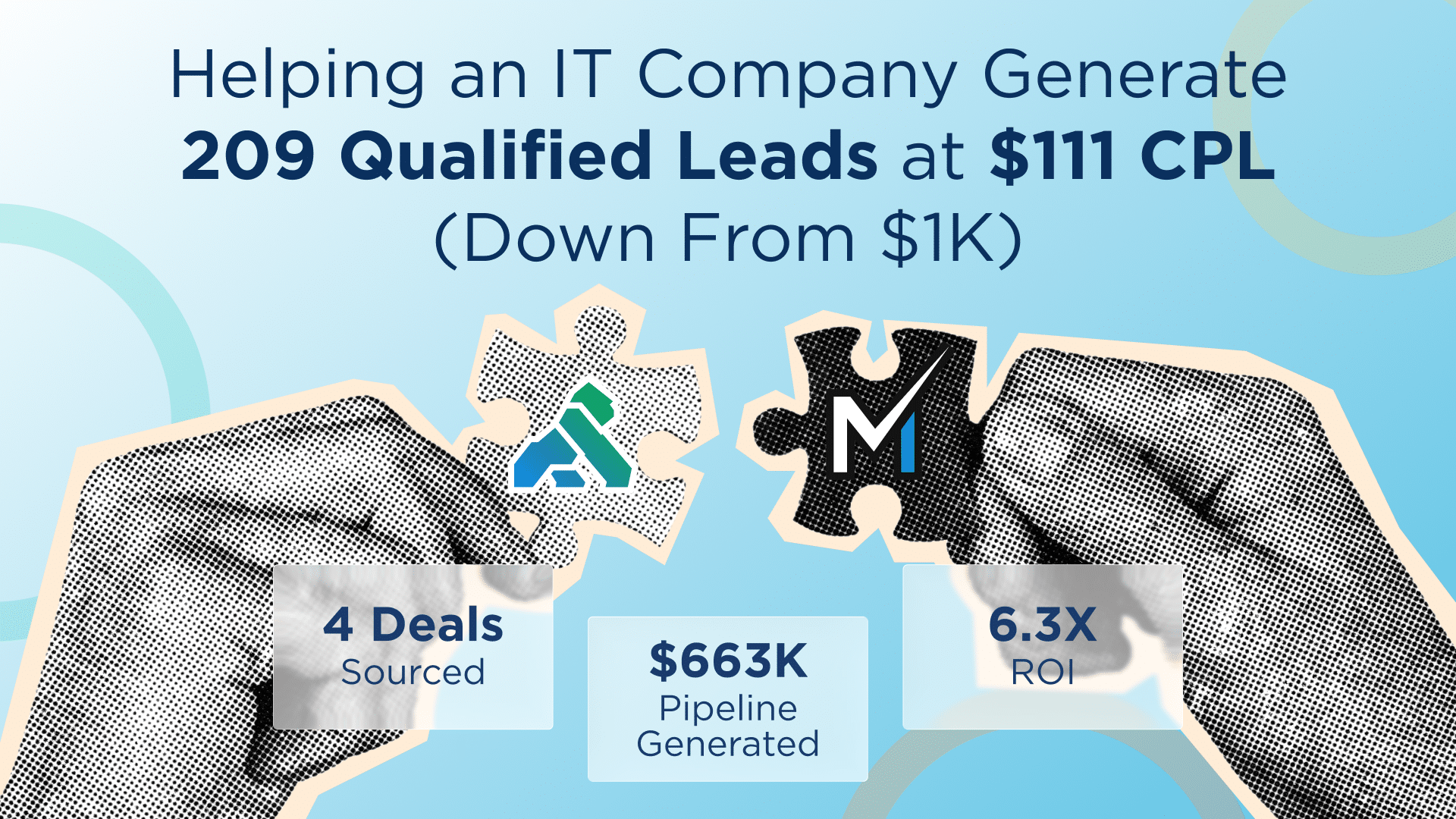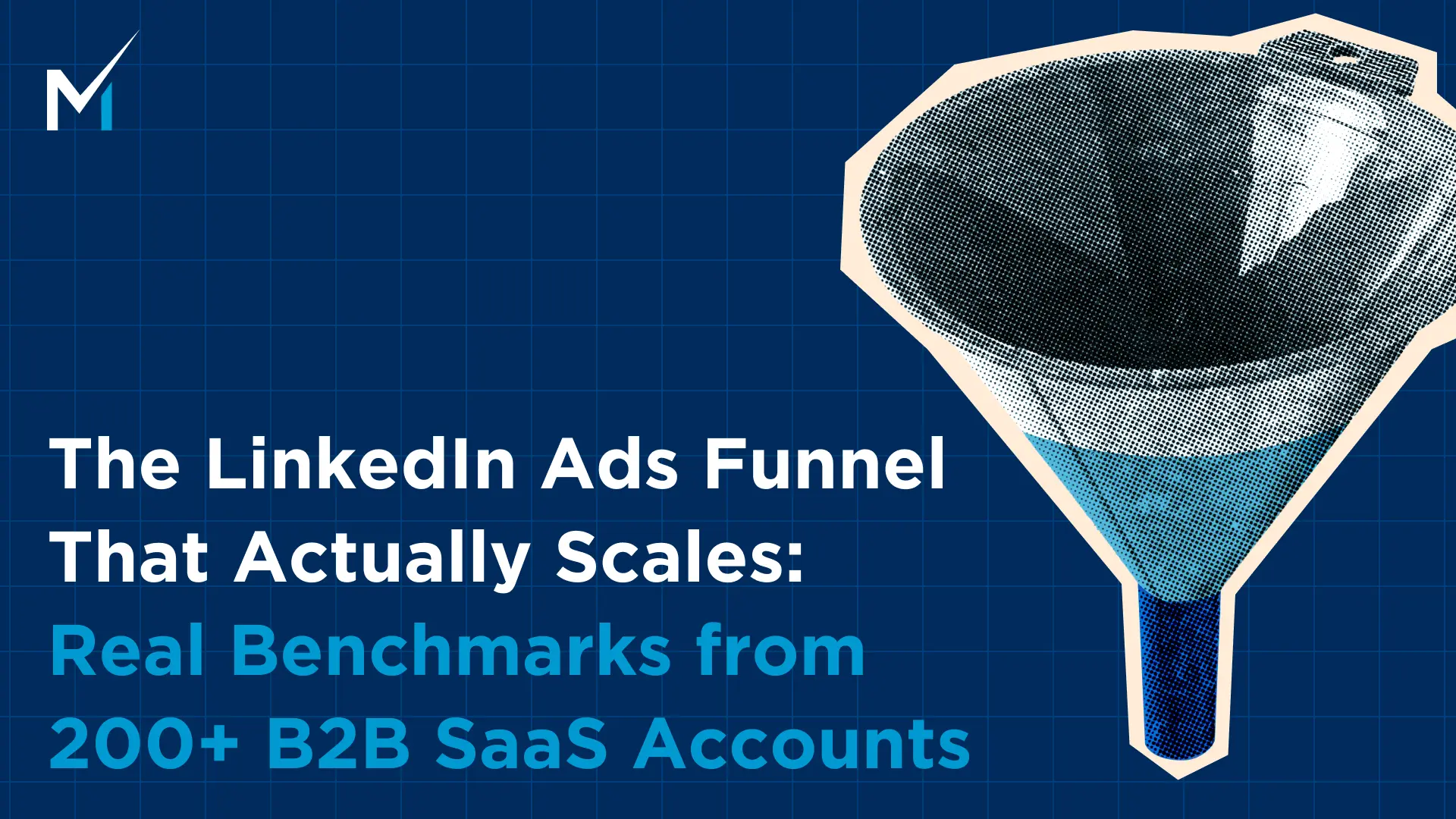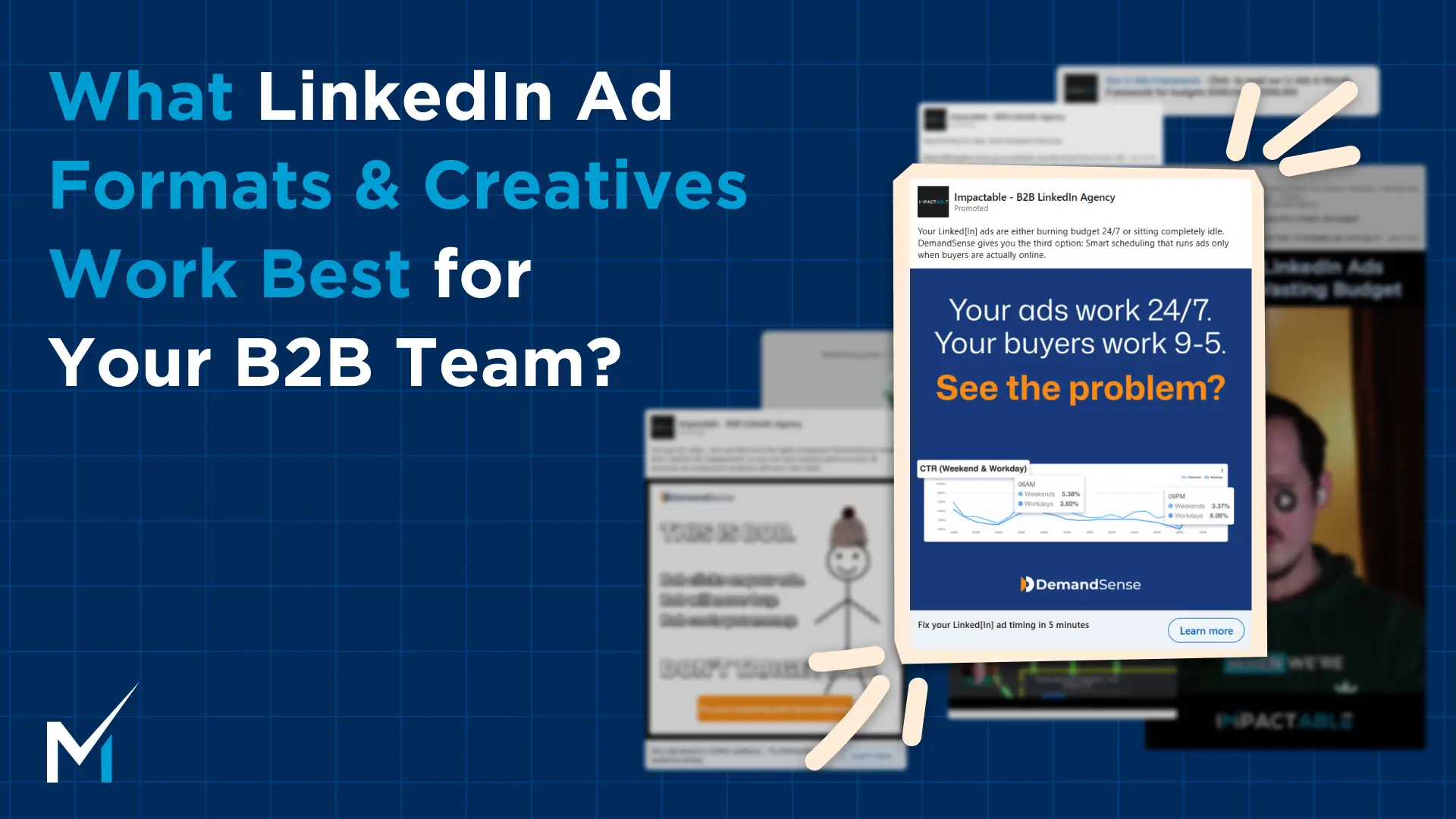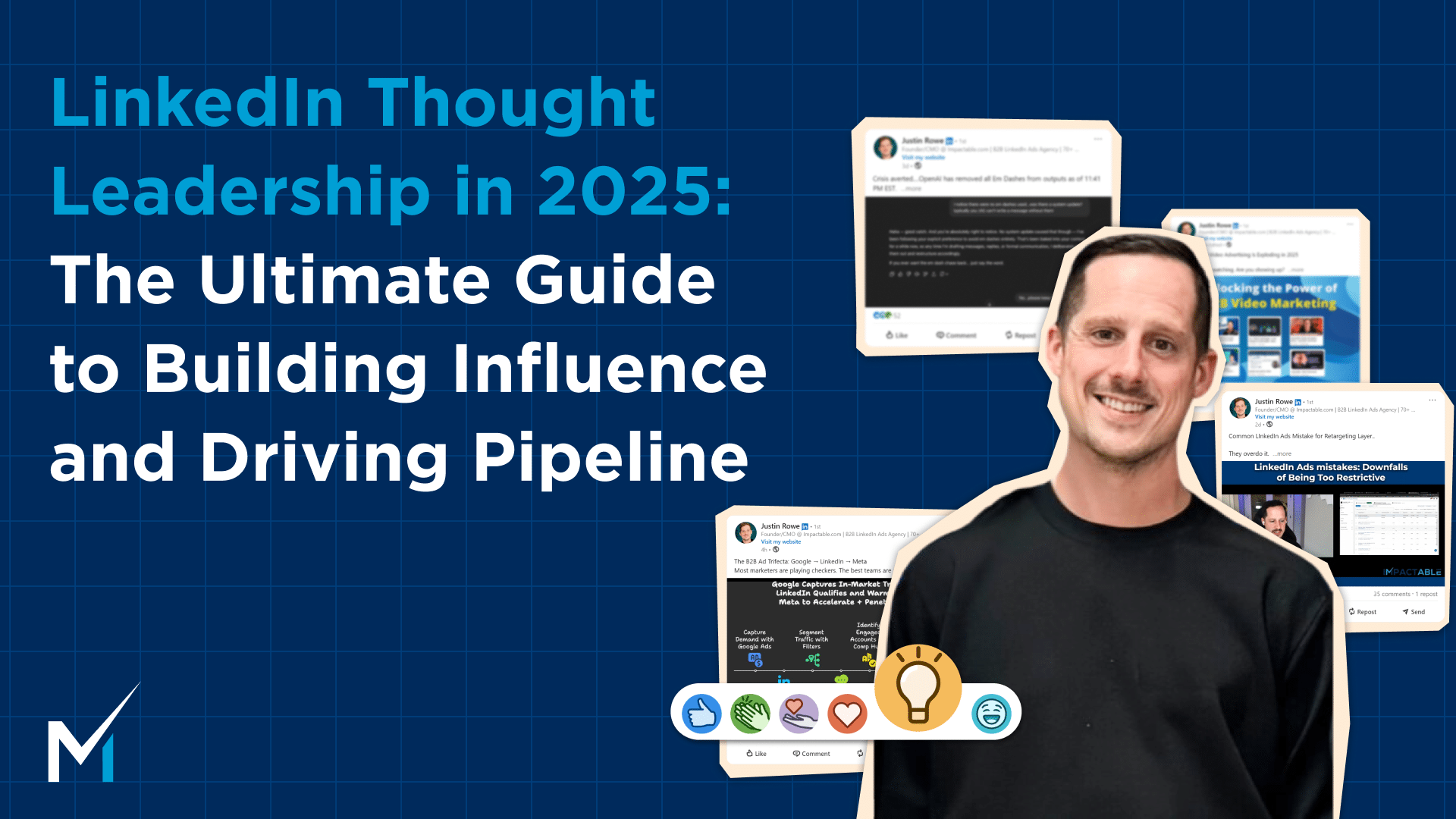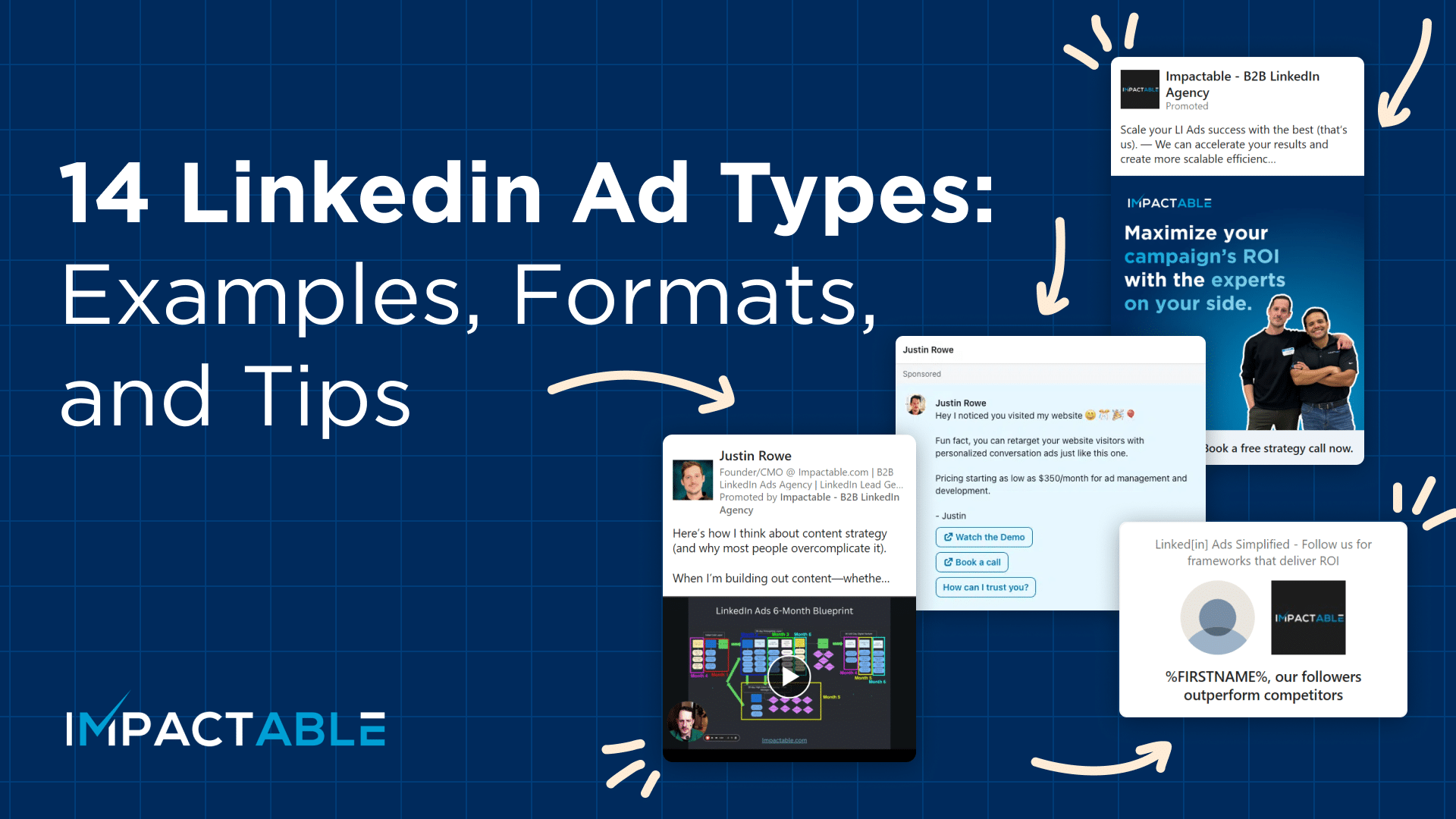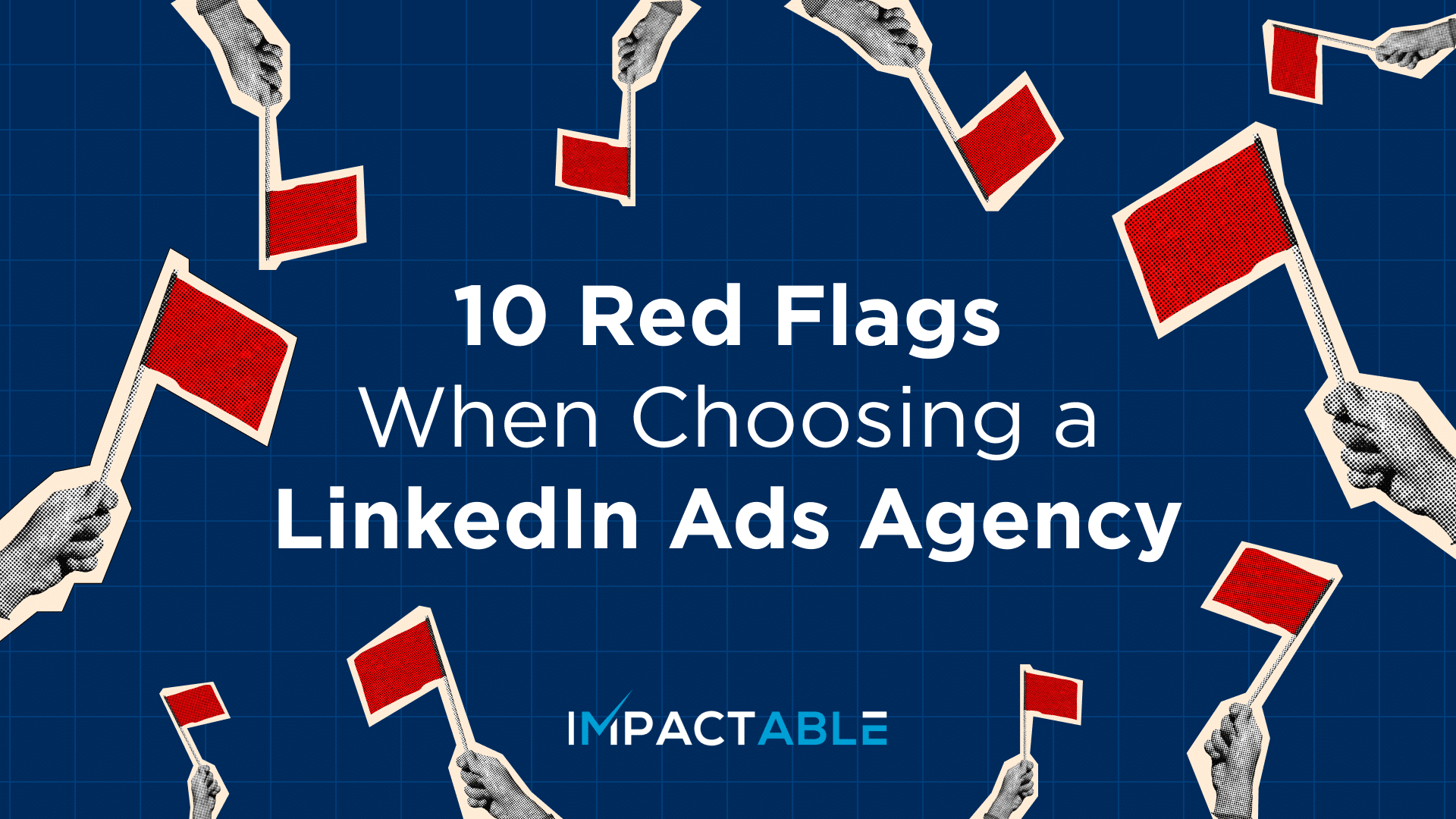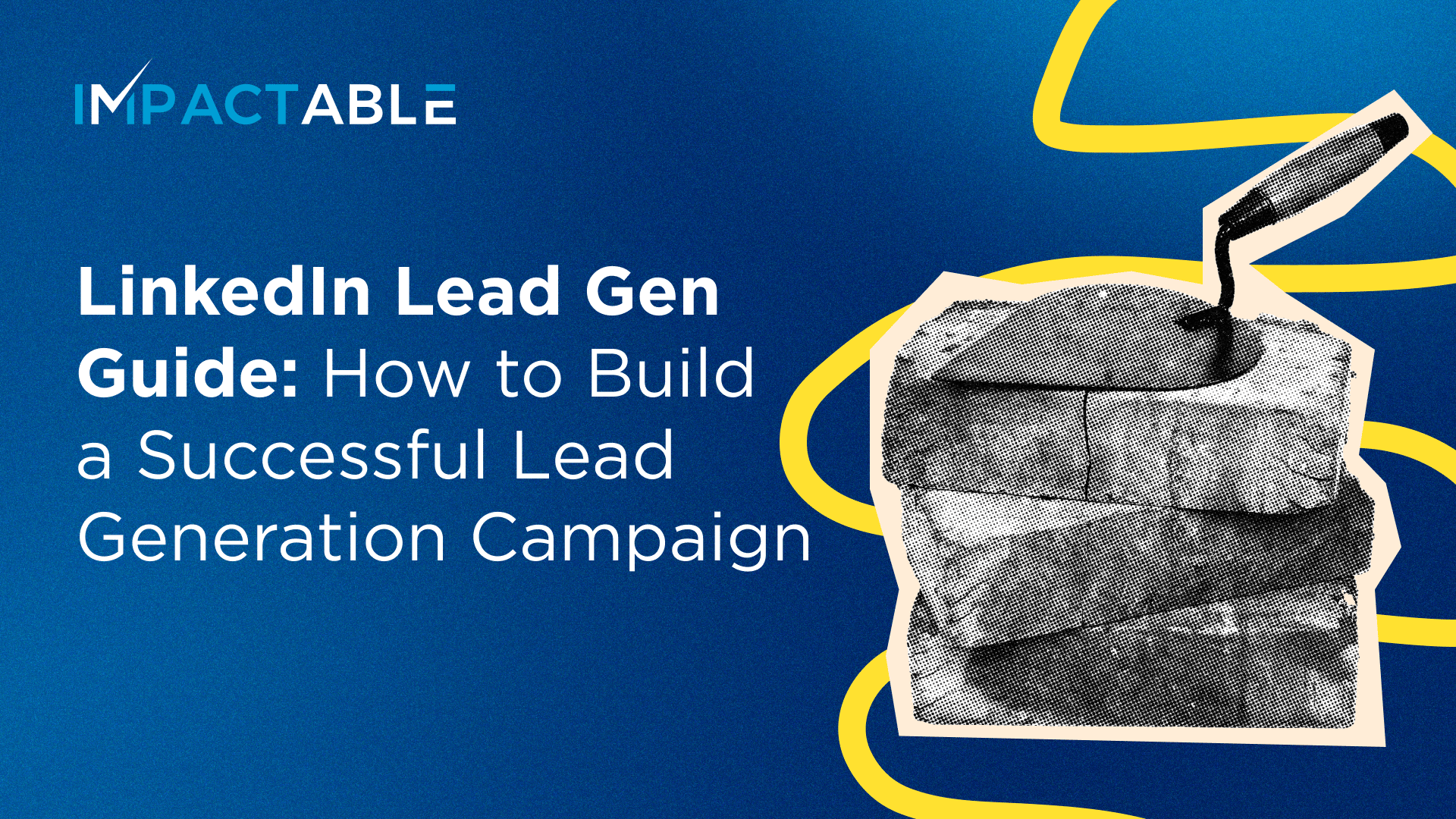You know that feeling when you’re running LinkedIn ads and everything looks fine on paper, but you know there’s untapped potential?
The campaigns are running. Leads are coming in. But deep down, you’re thinking: we could be getting so much more out of this budget.
That’s exactly where Kong was when they partnered with us. And over the course of our work together, those LinkedIn campaigns have sourced four deals totaling over $663K in pipeline revenue.
Meet Kong
Kong is a powerhouse in the API management space. In a nutshell, it’s a kind of company that helps the world’s best tech companies and most disruptive businesses manage APIs at scale. Their platform powers innovation for leading enterprises globally.
They already had campaigns running and a solid process in place. But they knew there was room to optimize spend, improve targeting precision, and generate higher-quality leads that would actually convert to pipeline.
That’s where we came in.
The Opportunity
When Kong brought us on board, they set clear objectives for us to tackle:
- Improve lead generation efficiency. Their CPL was sitting around $1,000: not unusual for cold audience targeting in the B2B API management space, but definitely room for improvement.
- Build a true full-funnel strategy. They needed better segmentation across awareness, consideration, and decision stages. The goal was to create an actual prospect journey where each touchpoint built on the last, moving people naturally through the funnel.
- Optimize for pipeline, not just leads. It wasn’t about generating more form fills but generating the right leads that their sales team could actually work with. We needed to ensure prospects were properly educated and warmed up before asking them to convert.
- Increase account saturation strategically. For their key target accounts, we needed to boost meaningful touchpoints and stay top-of-mind without oversaturating or wasting budget.
- Scale efficiently across regions. With global markets to address, we needed to find the right balance of spend across North America, EMEA, and APJ regions.
The foundation was solid. Our job was to optimize, refine, and scale what worked while fixing what didn’t.
What We Did to Build a Smarter Funnel
We rolled up our sleeves and got to work alongside Kong’s team. Here’s what we tackled together:
#1. Restructuring Campaigns by Geography and Account Tier
First up, we segmented campaigns geographically and zeroed in on Tier 1 and Tier 2 accounts. Instead of broad targeting, we wanted surgical precision.
Then we introduced a full-funnel strategy for each region. This created an actual prospect journey where each touchpoint built on the last one, moving people naturally from awareness to consideration to decision.
# 2. Refining Retargeting for Maximum Impact
We focused retargeting efforts on Kong’s key account list and cleaned up the historical data to make sure we were working with the best signals.
One thing that really worked? We repositioned Kong’s thought leader content to create high-value touchpoints throughout the journey. Not just awareness content, but stuff that actually educated prospects and moved them forward.
#3. Optimized Bottom-of-Funnel for Conversions
We integrated new ad formats and completely overhauled campaign settings for cost-efficiency. Rather than betting on the lead volume, we set out to generate better leads at a lower cost.
3-Month Results
Alright, let’s talk about what happened during our initial optimization period.
- We slashed CPL to $111 while maintaining (and actually improving) lead quality.
- Generated 209 qualified leads over the quarter with total spend of $106K across all campaigns.
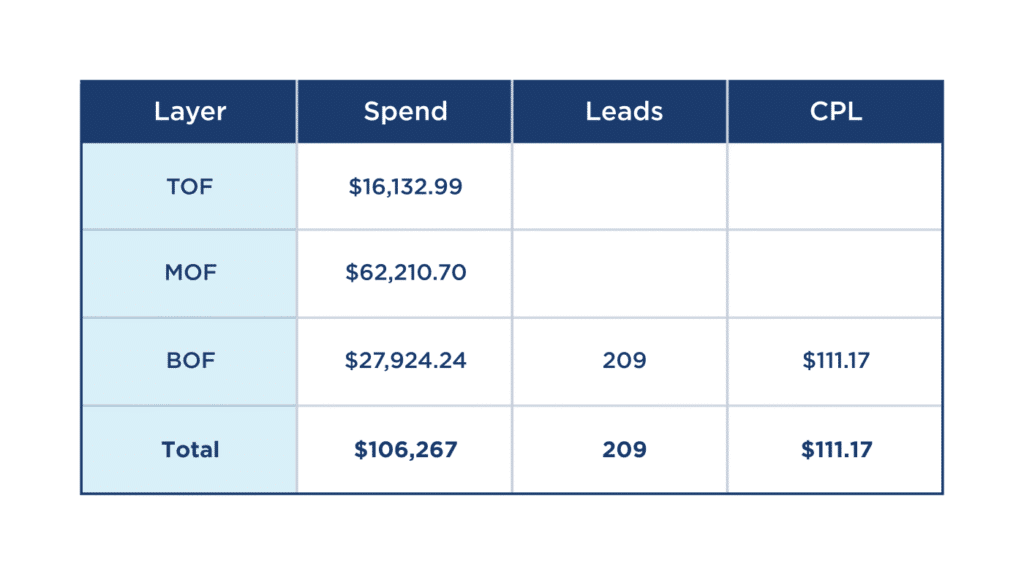
How the Funnel Performed
Here’s where that $106K in spending actually worked:
- Top of Funnel: $16K spend → 6.5% of conversions
- Middle of Funnel: $62K spend → 71.55% of conversions
- Bottom of Funnel: $28K spend → 21.95% of conversions
That middle of funnel performance told us everything we needed to know:
Kong’s audience needed education and nurturing before they were ready to convert. The investment in mid-funnel content paid off big time.
Engagement Metrics That Mattered
By June, we were seeing really promising engagement patterns:
- 135,505 people reached across all campaigns
- 11.16 average frequency (staying top-of-mind without being annoying)
- 11.3% audience penetration of target accounts

When we broke this down by funnel stage, it got even more interesting:
Middle of Funnel campaigns:
- 44,751 people reached
- 14.15 average frequency
- 45.7% audience penetration
Nearly half of Kong’s target audience was seeing their content multiple times at exactly the right stage of their journey.
Bottom of Funnel:
- 37,106 people reached
- 58.9% audience penetration

We were reaching more than half of Kong’s prime prospects when they were closest to making a decision.
Pipeline Revenue
Alright, let’s talk about what really matters – the actual pipeline.
Throughout our ongoing engagement, Kong has closed four significant deals that were directly sourced from the LinkedIn campaigns we’ve been running. We’re talking about real revenue here, not just leads that sit in a CRM somewhere.
These four deals brought in $663,596 in sourced pipeline revenue, with an average deal size of around $166K.
And here’s why it worked: When prospects are educated at the top, nurtured in the middle, and ready to convert at the bottom, they don’t just fill out forms and disappear. They turn into real opportunities that sales can close.
Why This Worked
Looking back at those several months, there were a few things that really made the difference:
The Buyers Needed the Right Approach at Each Stage
Kong’s audience isn’t your typical B2B buyer. We’re talking about technical decision-makers and engineering leaders who need substance, not fluff.
We discovered something fascinating about their behavior. At the top of the funnel, IT professionals were most engaged (41% of impressions, 43% of clicks). But as prospects moved down the funnel, Engineering audiences became the heavy hitters – driving 30% of impressions but 35% of clicks at the middle of the funnel, and dominating conversions at the bottom.
Our hypothesis? Engineering audiences are harder to engage initially, but they engage more deeply over time when they’re consistently exposed to relevant, technical content.
So we built a content journey that met them where they were:
- Early-stage awareness content that educated without asking for anything.
- Mid-funnel content that addressed specific technical challenges.
- Bottom-funnel content that made the conversion ask when they were actually ready.
Thought Leader Video Ads Changed the Buyers’ Perception
This is one of our core services for a reason – thought leader video ads work differently than traditional sponsored content.
Instead of the typical corporate ad vibe, these ads featured Kong’s actual experts talking through real problems and solutions. They felt more like organic LinkedIn posts than ads, which meant people actually engaged with them.
Our top-performing video got 2,130 completions at a 2.85% completion rate. Another hit 731 completions at 1.81%. For engineering audiences especially, seeing real technical expertise on display built credibility way faster than any case study or whitepaper could.
Plus, thought leader videos had CTRs around 5%, which is way above typical LinkedIn benchmarks.
The Content Matched the Funnel Stage
We weren’t just throwing content at people and hoping something stuck. Each piece of content had a specific job to do at a specific stage.
Top of funnel: Simple, bold messaging that sparked interest
- “There is no platform engineering without APIs” – 0.55% CTR
- “There is no AI without APIs” – 0.51% CTR
Middle of funnel: Educational content that built expertise
- “Explore Key API Types and Use Cases” – 268 clicks, 67 conversions
- “Protect Your APIs with OWASP Top 10” – 171 clicks, 43 conversions
Bottom of funnel: Gated resources that closed the deal
API Platform Engineering Maturity Model – $68 CPL
AI Governance Playbook – $112 CPL
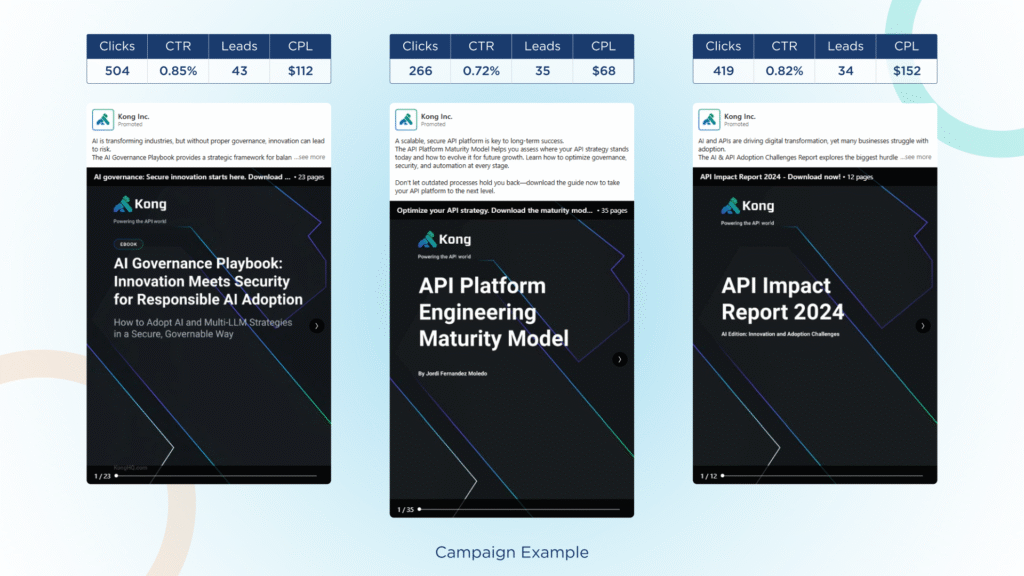
The maturity model proved that tactical, educational content beats sales-y pitches when people are ready to convert.
Precision Over Scale
Here’s something that might seem counterintuitive. Between January and June, we increased average frequency from 7.13 to 11.16 touches per person – but decreased audience penetration from 31.9% to 11.3%.
That’s not a mistake. We got more strategic about who we were reaching. We focused on the right accounts and made sure those people saw Kong enough times to actually remember them when it mattered.
Quality of targeting beats quantity of reach every single time.
Where We’re At Now
Looking back at the results of the previous months and the momentum they have carried forward, we’re continuing our collaboration to secure even stronger, consistent results.
Over the next few months of the campaign, the average number of leads per month remained stable at ~50 leads per month.
At the time of publishing this case study, this month has shown 48 qualified leads and a 25% drop in CPL compared to the previous months, meaning we’re constantly on the lookout for ads optimization.
We’re continuing to test new approaches, refine targeting, and scale what’s working.
The Bottom Line
What worked for Kong isn’t rocket science, but it does require doing the fundamentals really well.
We focused on meeting their technical audience where they were, used thought leader content to build credibility before asking for conversions, and made sure every piece of content served a specific purpose in the prospect journey.
The result? A significant drop in CPL, 209 qualified leads in just a few months, and sustained performance through Q3 with continued cost efficiency improvements.
Want to talk about what’s possible for your LinkedIn ads? Whether you’re starting from scratch or optimizing an existing program, we’d love to chat about how we can help.


